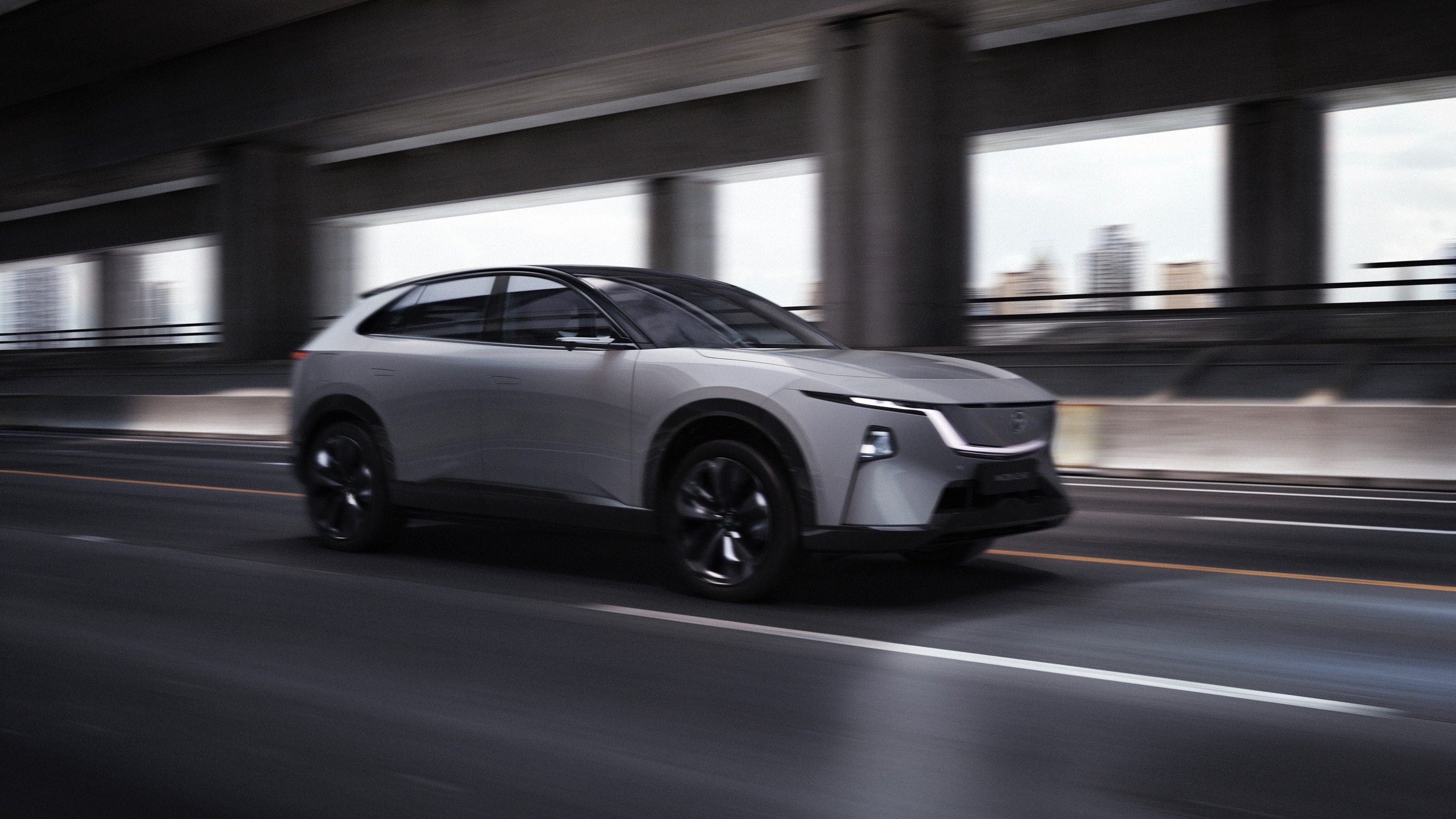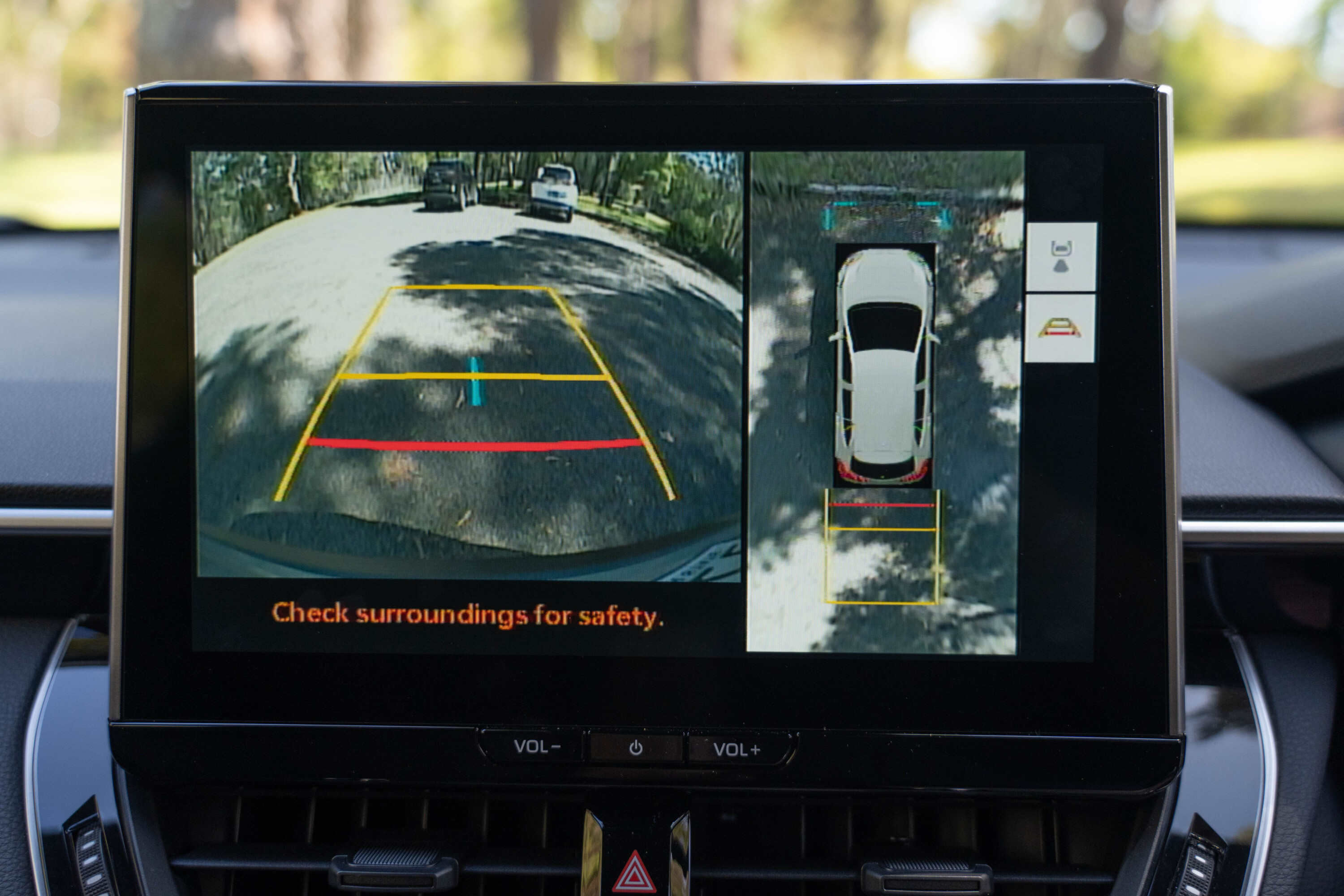
The Federal Government has announced ‘reversing aids’ will be mandated for newly-introduced vehicles sold in Australia from 1 November 2025.
It will apply to all vehicle categories – from light passenger vehicles to heavy goods trucks – under a new Australian Design Rule 108/00 for reversing technologies, excluding a ‘partially completed vehicle’, such as cab-chassis utes.
Vehicles introduced in Australia before the initial mandate must be fitted with potentially life-saving reversing aids by 1 November 2027.
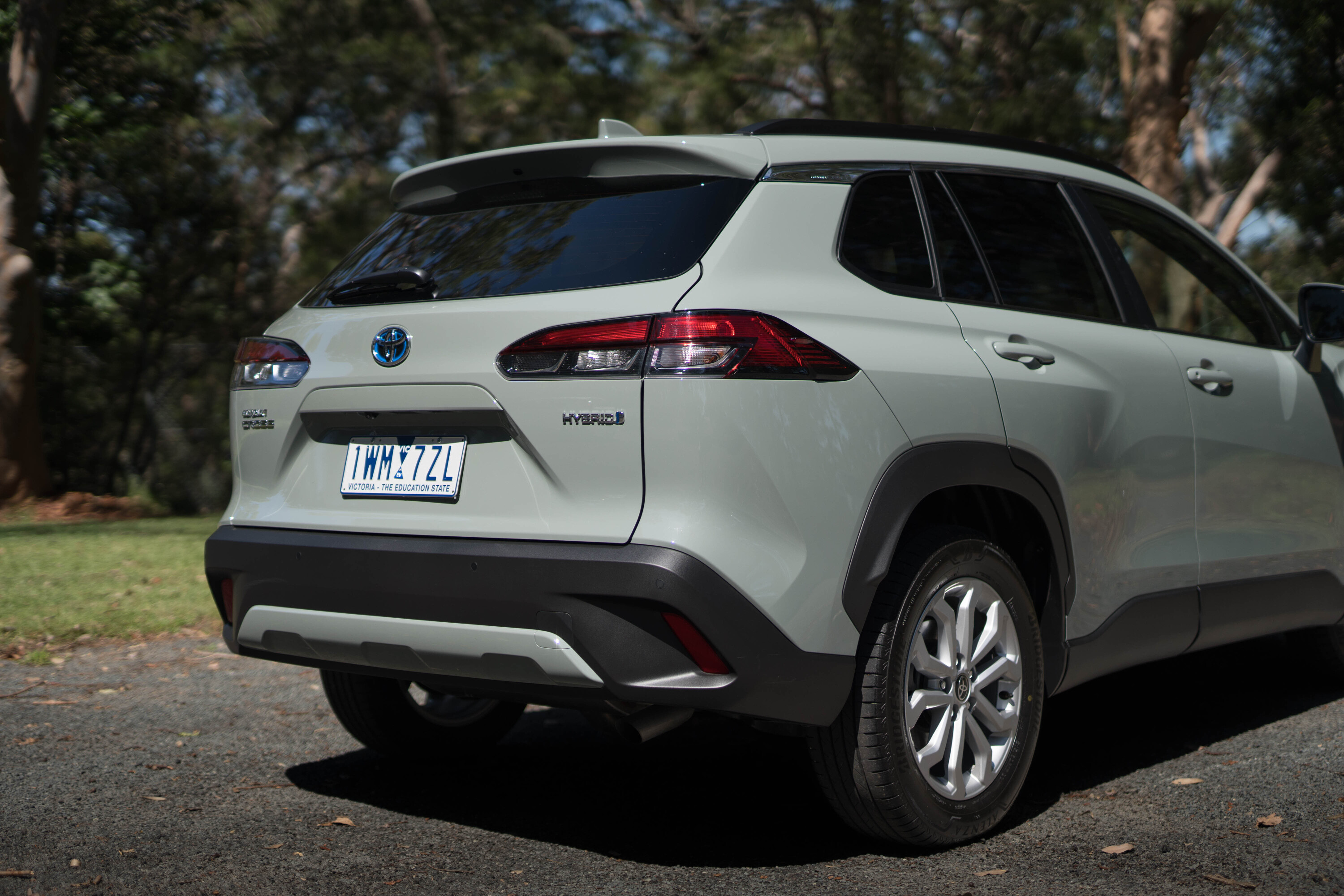
The new legislation will require the fitment of “mirrors, cameras or sensors and includes performance and installation requirements to maximise the effectiveness of the technology”.
It is intended to reduce the impact of collisions with pedestrians when a vehicle is reversing, following “advocacy from organisations such as KidSafe, and parents who have experienced both fatal and non-fatal driveway incidents”.
“We know that reversing aids will improve visibility for drivers to minimise black spots while reserving. The Australian Government predicts that this change will contribute to a reduction in both fatal and non-fatal driveway incidents,” said Federal Assistant Minister for Infrastructure and Transport, Carol Brown.
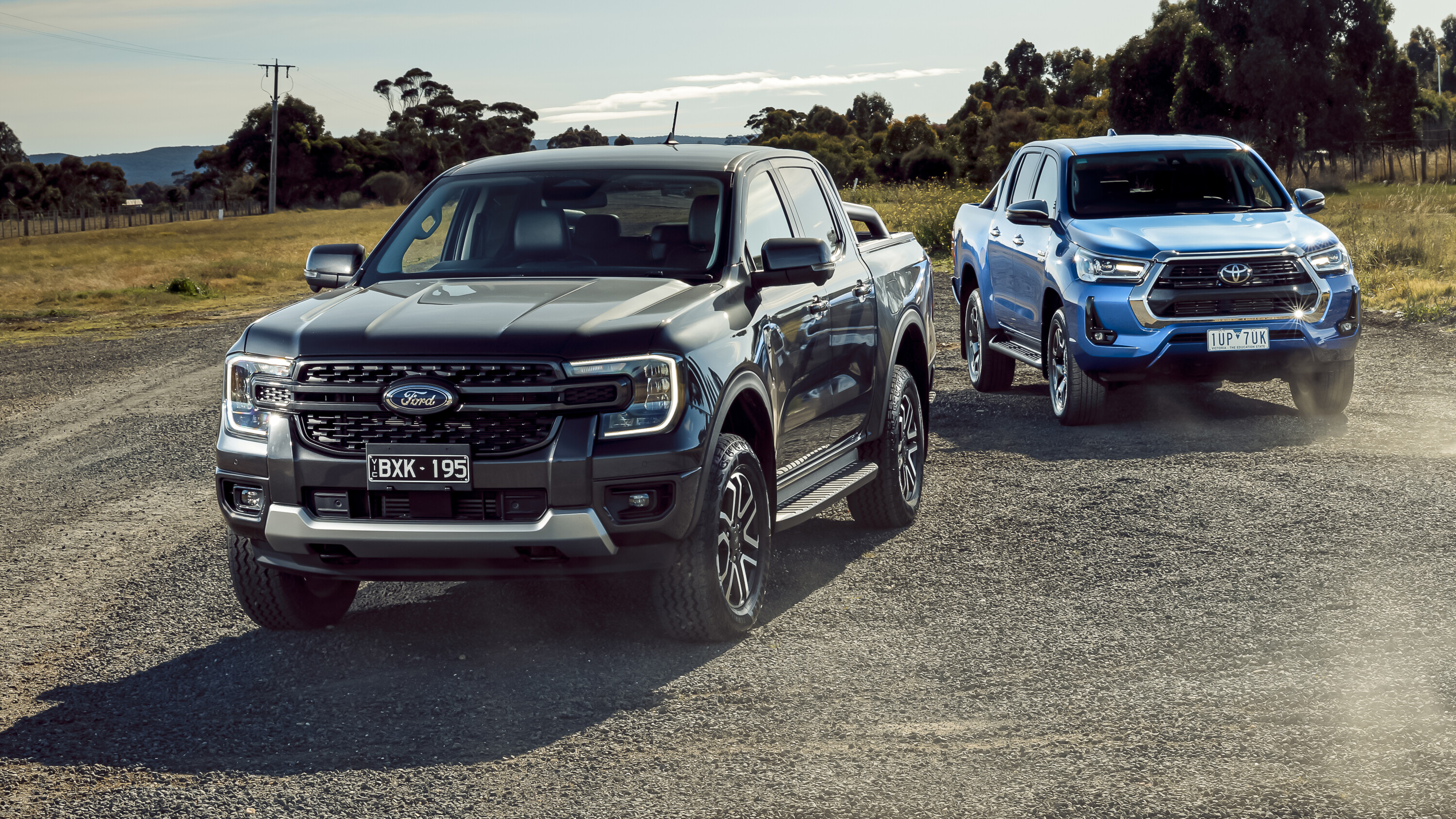
“Every week a child is injured in a driveway runover incident, with children under five most at risk. These new regulations will help lower the number of injuries and deaths and the devastating long-term effects on families,” added KidSafe Victoria CEO, Melanie Courtney.
A regulation impact statement published by the previous Federal Government in 2022 estimated reversing aids would save 12 lives, avoid 340 severe and 152 minor injuries, and provide approximately $38.6 million in net benefits.
The Federal Chamber of Automotive Industries (FCAI), representing the carmakers, told WhichCar it supports the requirement for reversing aids in light-duty vehicles to prevent loss of life or serious injuries.
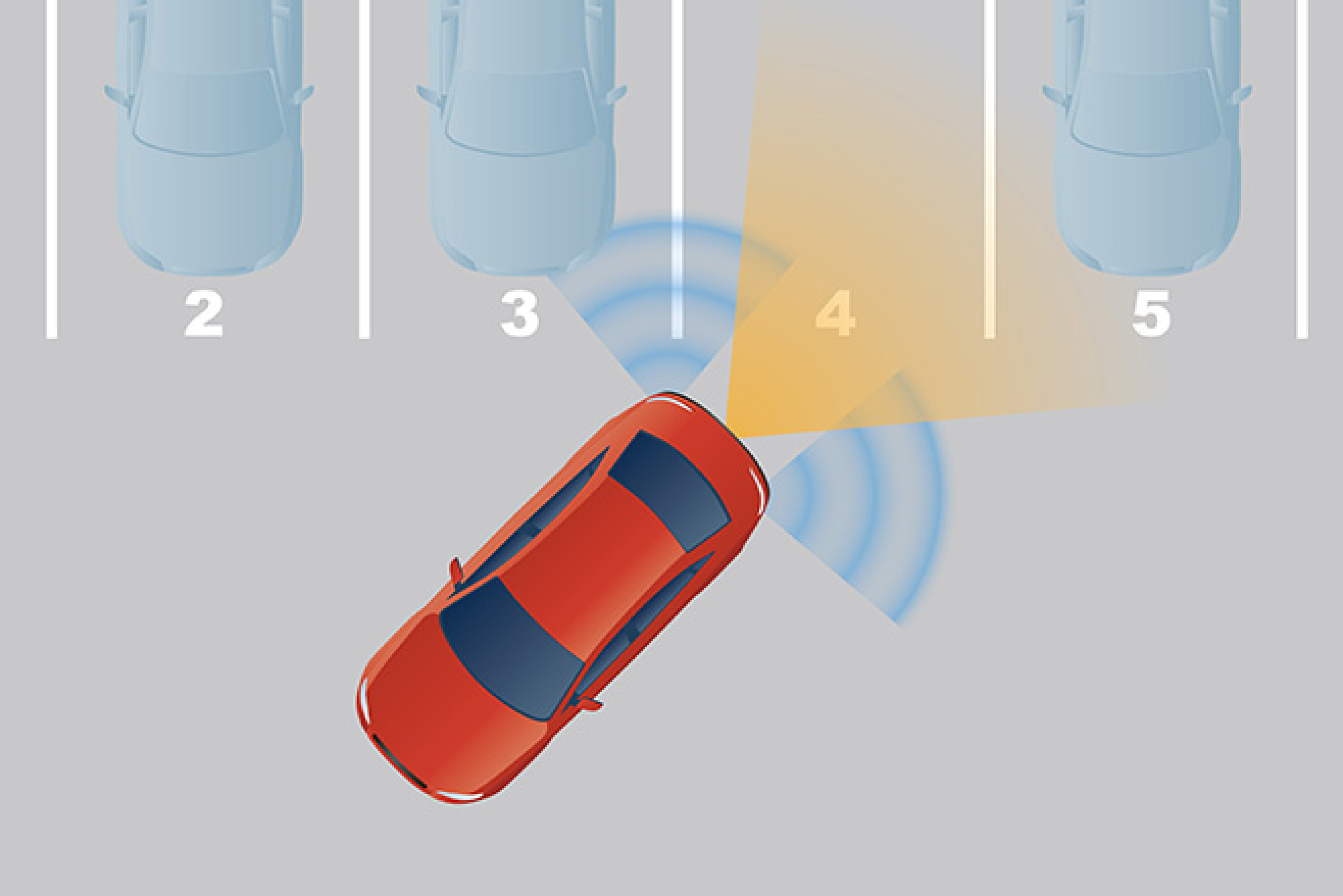
“FCAI members have acted rapidly to increase the uptake of reversing aid technologies. This rapid uptake generally matches the development led by the automotive industry of reversing aid technology from infancy to maturity,” it said.
“Through the consultation process, the government acknowledged that there has been a rapid uptake of Vehicle Reversing Aid Technologies in Australia in recent years, even in the absence of regulation.
“The FCAI is encouraged by the fact that the Government has allowed reasonable lead time to allow manufacturers to increase uptake of these technologies to those models remaining in the new vehicle market not yet fitted.
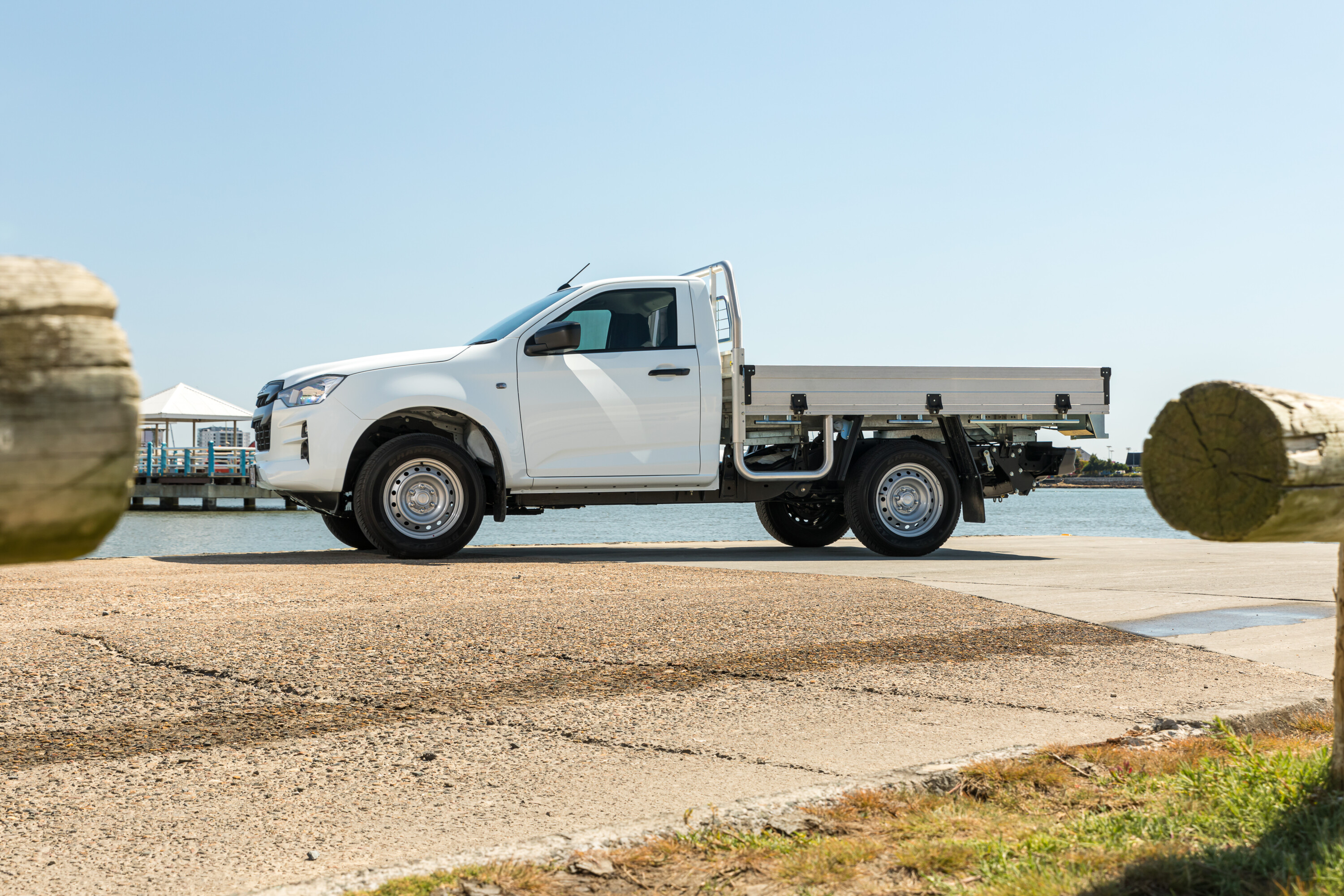
“The FCAI also welcomes the Government’s acknowledgement that cab-chassis vehicles are difficult to regulate in this area and has exempted these models.”
Most passenger vehicles sold in Australia are fitted with a reversing camera as standard due to customer demand, but rear parking sensors are not as common – particularly for base variants.
For instance, the oldest ‘new’ vehicle sold in Australia – the 39-year-old Toyota LandCruiser 70 Series – is not fitted with a reverse camera or sensors, despite the addition of a touchscreen infotainment system in 2020 and autonomous emergency braking in 2022.
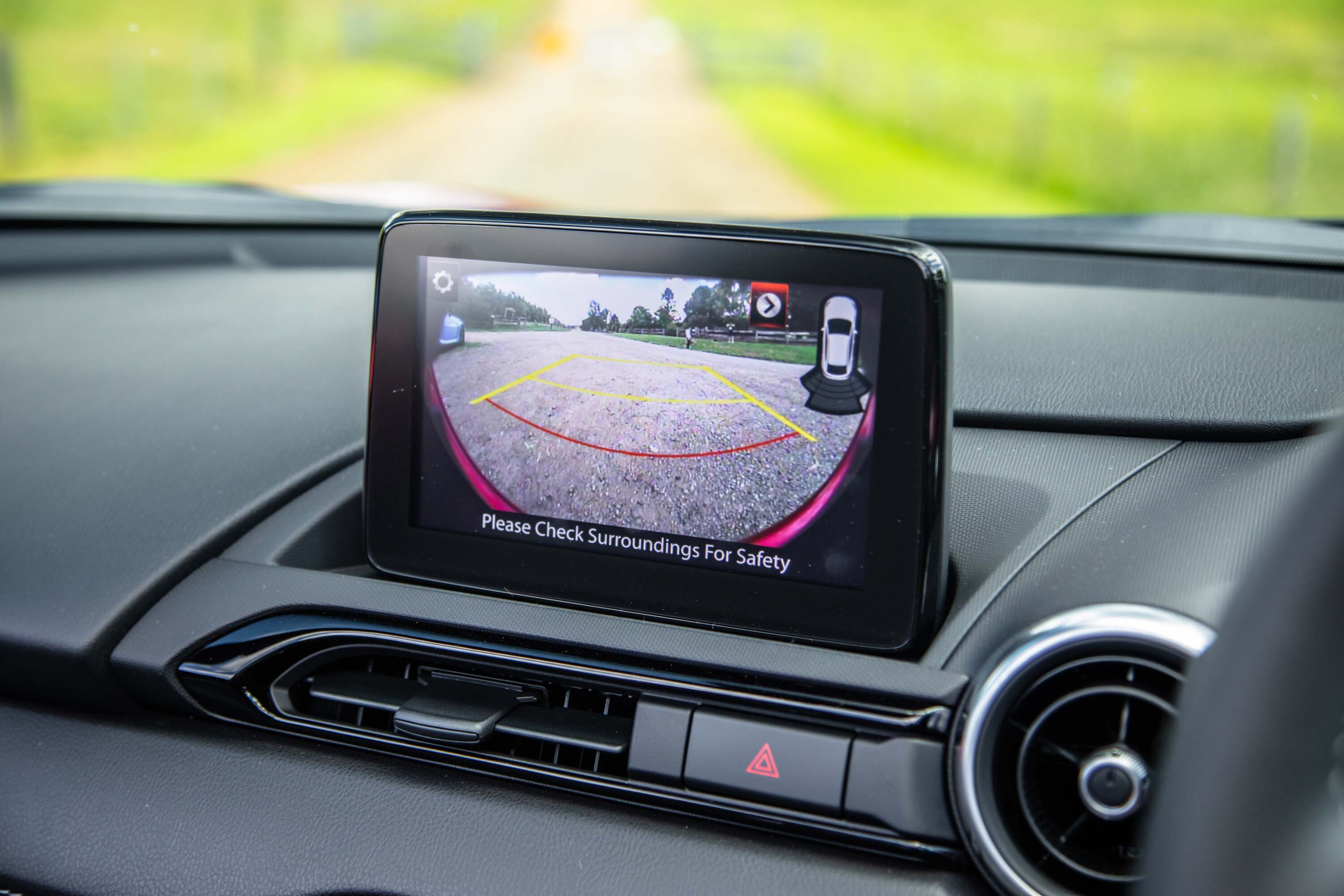
Under the new legislation, the 70 Series wagon is required to be fitted with a rear-view camera and reverse sensors from November 2027, but the cab-chassis ute will be exempt, should it remain on-sale at this time.
Rear-view cameras were mandated for new vehicles sold in the United States in May 2018, with small cars such as the Fiat 500 and Mazda MX-5 fitted with the technology.
While rear-view cameras are required in the European Union from 2022, the United Kingdom has yet to announce changes, with many vehicles – such as the £44,170 Volkswagen Golf R hatch (AU$84,000) – not fitted with the technology as standard.
The local mandate does not include more advanced systems, including rear autonomous emergency braking (AEB) to automatically brake the vehicle when an object is detected in reverse or rear cross-traffic alert to detect approaching pedestrians and traffic.
Front and rear AEB is tested with other technologies by the Australasian New Car Assessment Program (ANCAP) as part of its safety assist and vulnerable road user categories. A minimum score of 70 and 60 per cent, respectively, is required for a vehicle to achieve the highest five-star rating.
“Through our non-regulatory approach, ANCAP has been encouraging active safety systems to assist in these scenarios – systems that can detect adult pedestrians when reversing then autonomously brake to avoid or reduce the severity of an impact,” said ANCAP CEO, Carla Hoorweg.
“From this year, this requirement increases further to assess the ability of the vehicle to autonomously brake in reverse for a child or person of smaller stature.
“Each ANCAP safety rating provides consumers with a Vulnerable Road User Protection score, and this is a good way to understand how well a vehicle can protect those outside the vehicle.”
The mandate of ‘reversing aids’ follows recent updates to the Australian Design Rules to improve the safety of new vehicles sold in Australia, including autonomous emergency braking, lane-keep assist, and more-stringent side-impact protection requirements.
We recommend
-
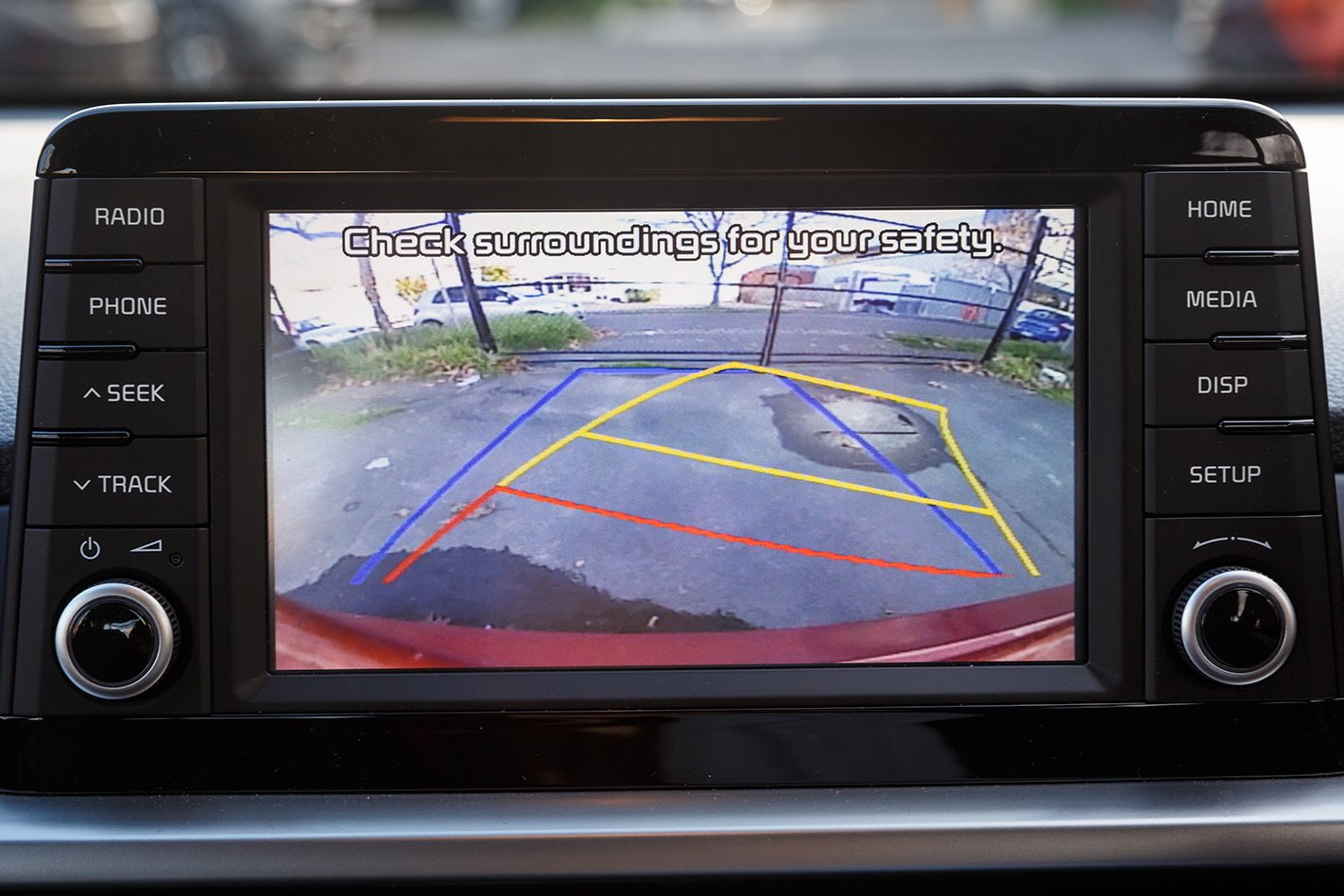 News
NewsReversing cameras become mandatory for all new cars in the US
Safety advocates pushed for the change from 2013
-
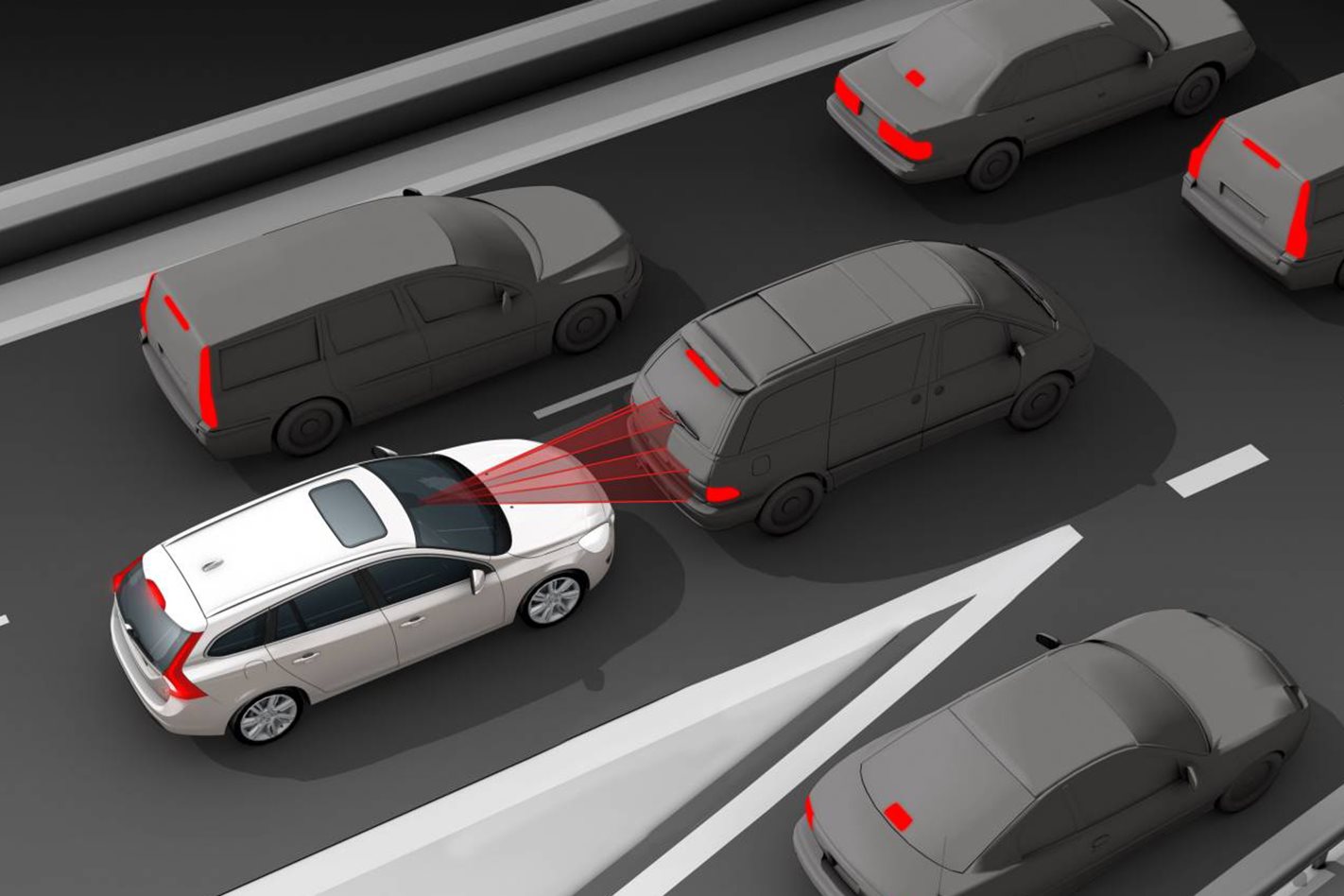 News
NewsAutonomous Emergency Braking mandated on new cars from 2023
Future vehicles will feature AEB technology by law to reduce road accidents
-
 News
News2025 New Car Calendar: All the new cars coming to Australia
Take a look at our list of what is expected to launch in Australia in 2025 – plus those we might not see locally just yet


